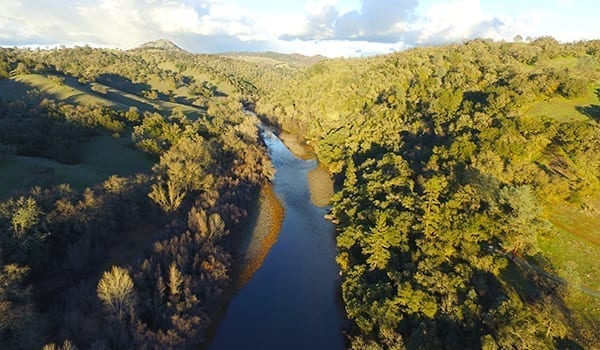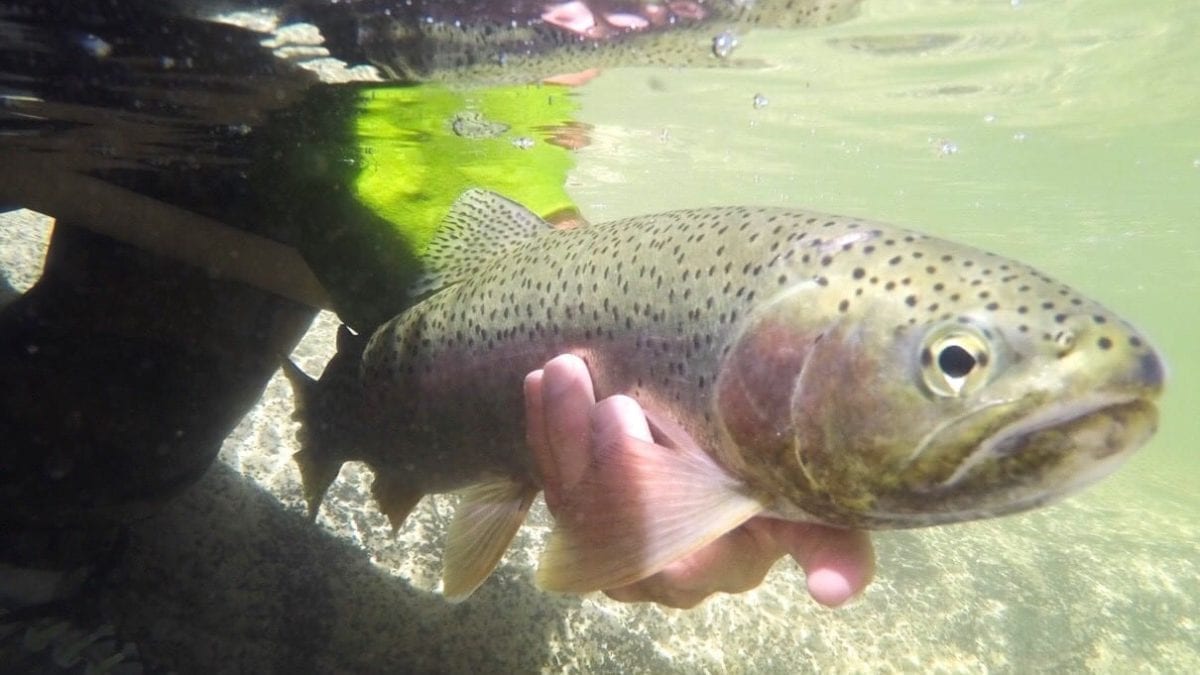Help protect Mokelumne River far into the future

Support Wild and Scenic River Designation for Mokelumne River
*Deadline has been extended to March 8th for submitting public comment*
It’s a crucial time for the Mokelumne River and we need your help. The California Natural Resource Agency (CNRA) has just released their Mokelumne River Wild and Scenic River Study Report and they are encouraging public comment until March 8th. We are very glad to read in the report that 37 miles of the North Fork and mainstem qualify for state protection as a Wild and Scenic River. With this designation, the Mokelumne River will be closed off to new dams and major water diversions and its extraordinary scenic and recreational values protected well into the future. The Mokelumne River deserves this because it provides:
Critical habitat for native salmonids.
The Mokelumne is not stocked with trout or managed as a fishery in any of the proposed protected sections yet robust populations of wild trout persist in all of these reaches. This is a testament to the quality of the habitat and presence of cold, clean water.

High recreational value.
Eco-tourism is one of the world’s fastest growing economic generators and the Mokelumne has more potential to generate revenue for the community if the free-flowing sections remain free-flowing. It provides a uniquely broad range of recreational opportunities, from mellow camping to high-adventure whitewater kayaking. And with proper management, the Mokelumne has the potential to be a trophy trout fishery. A free-flowing river connects with the hearts and minds of visitors much deeper than a reservoir.
Last, but not least important, Mokelumne River is already tapped out.
There are currently six dams and five working powerhouses on the Mokelumne. It supplies water and power to tens of thousands of Californians including the entire East Bay. And while the protected segments will be closed off to big water diversions, many types of upstream water development would be allowed so long as such projects do not adversely affect the “free-flowing condition and natural character” of the river. Local water agencies and other interested parties could still potentially divert water for residential and agriculture uses. Besides, dams are 19th century technology. It’s time to shift our focus to water conservation, groundwater basin recharge and storage, off-channel water storage and other innovative solutions so that we can better co-exist with native fish and wildlife.
It’s our time to speak up. Join California Trout and submit a public comment by 5 p.m. on March 8 in favor of recognizing the Mokelumne River as a Wild and Scenic River.
Our pals at Friends of the River have created an action page for the public to easily submit comments to the California Natural Resource Agency:
CLICK HERE TO SUBMIT A PUBLIC COMMENT- DUE MAR 8
A sample letter is automatically provided for quickness; it can be easily edited. Adding personal stories, especially if you have visited Mokelumne River, will add great value to your comment.
If you prefer to personally mail or e-mail your comment, here is CNRA’s contact information:
California Natural Resources Agency
1416 Ninth Street, Suite 1311, Sacramento, CA 95814
Joseph.Wall@resources.ca.gov
[clear-line]
Do you live in the Bay Area?
You can supply your public comment in person! The CNRA is holding a second public meeting to receive written and verbal comments on the draft study report on Monday, February 26, 2018, 6 to 8 p.m. at the EBMUD Boardroom, 375 11th Street, Oakland, CA 94607.
Photos by Mike Wier, CalTrout’s field reporter and strong advocate for protecting Mokelumne River, one of the rivers he spent a lot of time on during his youth.





